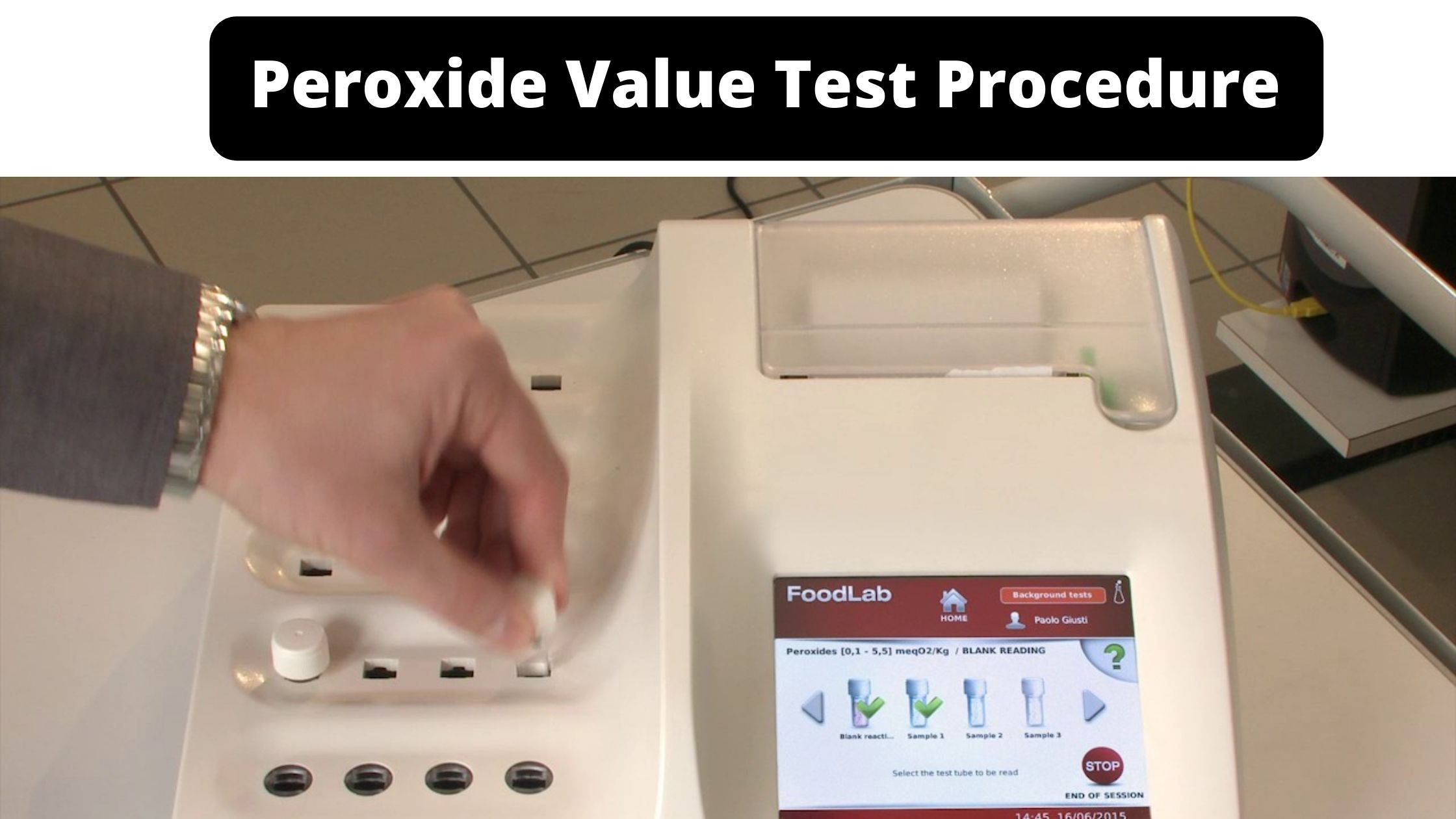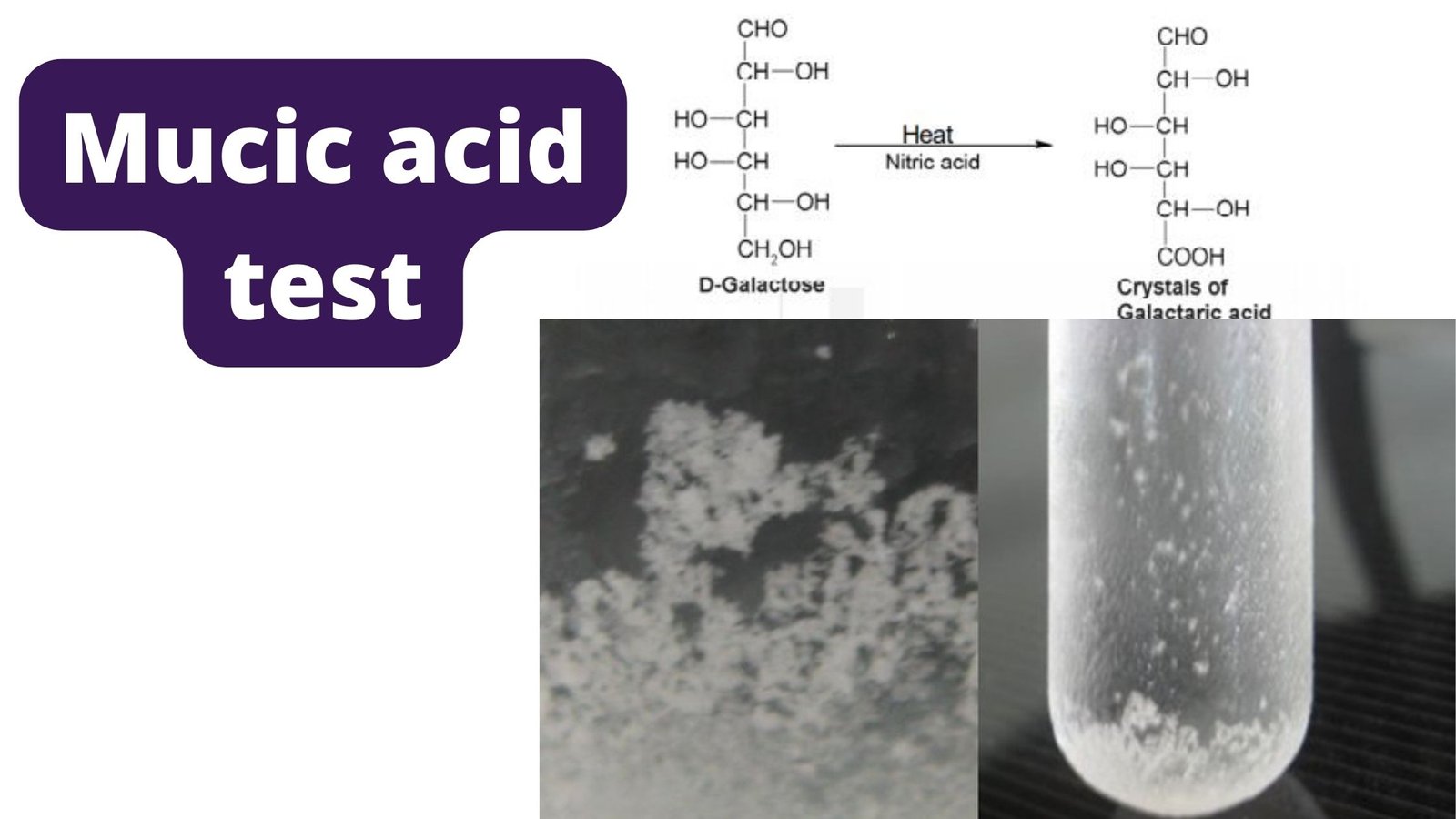Phenylalanine Deaminase Test Principle, Procedure, Result
Objective of Phenylalanine Deaminase Test Principle of Phenylalanine Deaminase Test Requirements For the test Composition of Phenylalanine agar DL-Phenylalanine: 2 gm Yeast extract: 3 gm Sodium chloride: 5 gm Disodium phosphate: 1 gm Agar: 12 gm Distilled water: 1000 ml pH: 7.3 Preparation of Phenylalanine agar slant Note: Following autoclaving, the medium should appear lighter … Read more









